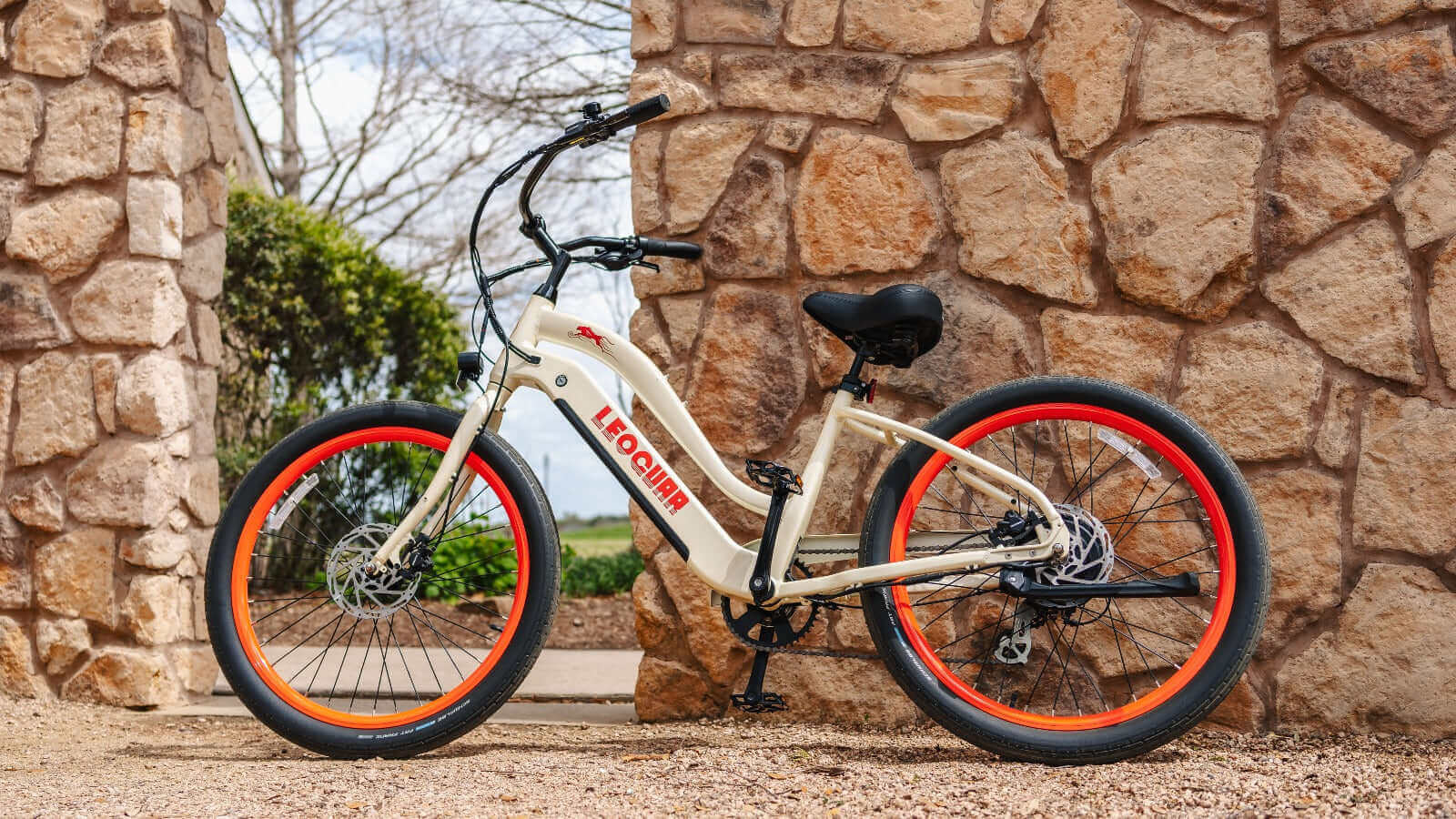
Ebike Trails Near Me: Ultimate Guide & List
The Joy of E-Bike Freedom
Riding an e-bike feels amazing. But the biggest question is often, "Where can I actually ride it?" Getting excited about a new bike can quickly turn into frustration when you face confusing rules and unclear information. This guide will solve that problem. We'll show you exactly how to find the best ebike trails near me, no matter where you are or what kind of e-bike you have. We will move beyond a simple list and give you the tools and knowledge to discover local gems, understand the rules, and choose the perfect trail for your next adventure.
Your Modern Toolkit
Finding the perfect trail is no longer about unfolding a dusty paper map. It's about using a modern set of digital tools combined with a little local research. This process helps you find great, legal rides anywhere, anytime.
The "Big Three" Apps
For any e-bike rider, a few smartphone apps are essential. They provide maps, reviews, and important filters that take the guesswork out of your search. While there are many options, these three cover nearly every use case.
| App Name | Best For | Key E-Bike Feature | Pro-Tip |
|---|---|---|---|
| AllTrails | Beginners, paved paths, and discovering popular local routes. | The "E-bike friendly" filter is a great starting point. The large user base means plenty of recent reviews and photos. | Use the reviews to check how crowded a trail is and look for recent reports on trail conditions or closures. |
| Trailforks | Mountain bikers (eMTB) and riders seeking detailed trail data. | Amazing detail on trail difficulty, technical ratings, and specific e-bike access permissions, often updated by local trail builders. | Always check the "e-bike" access status for a specific trail. It can vary trail-by-trail even within the same park. |
| Komoot | Route planning, long-distance touring, and mixed-surface rides. | The powerful route planner lets you specify surface types (pavement, gravel, etc.) and analyzes elevation to build custom e-bike loops. | Use the "Sport" setting for "E-Bike" or "E-Mountain Bike" to get more accurate time and difficulty estimates for your planned route. |
Digging Deeper for Rules
Apps are a fantastic starting point, but the final word on legality always comes from the land manager. Policies are constantly changing, and what's allowed in one park might be banned in the one next door. Before you head out, a quick search is your best defense against a fine. Search for these terms:
* (Your City/County) Parks and Recreation: Search for terms like "[Your City] bike path rules" or "[Your County] e-bike policy." These sites often have official PDF maps and regulations.
* State Park Websites: E-bike rules can vary a lot by state. Some states allow Class 1 e-bikes on most bike paths, while others have stricter rules.
* Federal Land Managers: For national parks and federal lands, check the official sources directly. The National Park Service (NPS) and Bureau of Land Management (BLM) have specific policies. Policies are changing, and checking official sources like the current National Park Service e-bike policy is important for up-to-date information. Remember, "motorized" and "non-motorized" trail designations are key.
Decoding the Trail
Finding a trail on a map is one thing; knowing if it's right for you and your bike is another. Understanding a few key details about electric bike types and trail surfaces will prevent frustration and ensure you have a safe, enjoyable ride.
Understanding E-Bike Classes
Trail access is almost always determined by your e-bike's class. These classes are not about brand or style; they are technical standards based on motor assistance and speed. Your e-bike should have a sticker showing its class.
- Class 1: This is a pedal-assist e-bike, meaning the motor only provides help when you are pedaling. It has no throttle. The assistance cuts off at 20 mph. This class is the most widely accepted and often has the same access rights as a traditional bicycle on paved paths and many non-motorized trails.
- Class 2: This e-bike has a throttle that can move the bike without pedaling. Like Class 1, the maximum assisted speed is 20 mph. The throttle makes this class more restricted, and it's often not allowed on trails designed for mountain bikes or non-motorized use.
- Class 3: This is a pedal-assist only e-bike (no throttle) with a maximum assisted speed of 28 mph. Because of its higher speed, this class is typically restricted to roadways and dedicated, paved commuter bike lanes. It is rarely allowed on multi-use paths or singletrack trails.
Knowing your class is essential for reading trail signs and local rules correctly.
Reading the Trail's Surface
The surface of a trail determines the feel of the ride, the skill required, and the type of e-bike that works best.
- Paved: These are smooth, predictable asphalt or concrete paths. They are ideal for any type of e-bike, especially cruisers, commuters, and hybrids. Paved trails are perfect for a relaxing ride, family outings, or getting in miles without worrying about technical terrain.
- Crushed Gravel / Hardpack: These trails are common in state parks and on "rail-trails." They are generally smooth but can have loose sections, small rocks, or washouts after rain. We've found that wider tires (40mm or more) provide much more stability, control, and comfort on these surfaces compared to narrow road tires.
- Singletrack: This is what most people picture when they think of "mountain biking." These are narrow, winding dirt trails that can be smooth and flowing or steep and rocky. Singletrack is strictly the domain of electric mountain bikes (eMTBs) and requires balance and bike handling skills. This is also where e-bike regulations are the strictest, so checking access is critical.
E-Bike Trail Etiquette
How we ride impacts trail access for everyone. E-bikes are still new to many trail users, and being a good representative helps ensure we're all welcome. Following these unwritten rules is just as important as following the law.
- Announce Your Pass: E-bikes are quiet. A friendly call of "On your left!" or a ring of a bell is polite and essential for safety when approaching pedestrians and other cyclists from behind.
- Yield Appropriately: Know the yielding hierarchy. On multi-use trails, cyclists (including e-bikers) yield to pedestrians and horse riders. On mountain bike trails, downhill riders typically yield to uphill riders, though this can vary by region. Always be prepared to stop.
- Manage Your Speed: The most common complaint about e-bikes is speed. Just because the bike can go 20 mph doesn't mean it should. Slow down significantly in crowded areas, around blind corners, and when passing other users.
- Stay on the Trail: Never cut corners or ride on fragile terrain next to the trail. This causes erosion and damages the trail system for everyone.
Match Your Bike to the Trail
The best trail is one that matches the abilities of your e-bike. Choosing the right terrain for your ride will make the difference between a fantastic day and a frustrating one.
For the Cruiser & Commuter
If you ride an e-bike built for comfort and efficiency, your paradise is on paved paths.
* What to look for: Focus on urban greenways, dedicated bike paths along rivers or coastlines, and "rail-trails." These are former railway lines that have been converted into flat, scenic, and non-technical paths, perfect for leisurely rides.
* How to find them: Use the "paved" and "e-bike friendly" filters in AllTrails. For finding rail-trails specifically, the absolute best resource is the Rails-to-Trails Conservancy's TrailLink website. It offers a complete national database of these paths.
For the Hybrid & All-Road
Hybrid e-bikes are the versatile all-rounders, comfortable on pavement but capable of handling some bumps.
* What to look for: Seek out fire roads, state park service roads, and long-distance gravel paths like canal towpaths or well-maintained forest service roads. These routes offer a sense of adventure without requiring advanced technical skill.
* How to find them: Komoot is excellent for planning routes that mix pavement and gravel. You can also use the satellite view on Google Maps to scout potential routes you find on other apps, which helps you see if a dirt road looks smooth or overly rough.
For the eMTB
Electric mountain bikes are built for one thing: conquering dirt.
* What to look for: You're searching for singletrack trails specifically marked as open to eMTBs. Look for terms like "flow trail" (smooth, with banked turns), "technical" (rocky and rooty), and "climbing trail."
* How to find them: Trailforks is the best choice for eMTB riders. Its map is color-coded by trail difficulty, and its e-bike access information is crowdsourced from local riders and trail organizations, making it incredibly accurate. We always check the recent trail reports on Trailforks for the latest conditions and any access changes before we head out. A trail that was open last month might be temporarily closed due to weather or maintenance.
Your Pre-Ride Checklist
A little preparation goes a long way. Before you roll out, running through a quick checklist ensures your ride is safe, fun, and free of mechanical surprises.
Essential Gear
Don't leave home without these items.
* Helmet: This is non-negotiable.
* Repair Kit: At a minimum, carry a spare tube that fits your tire, a patch kit, tire levers, and a multi-tool. Remember that e-bike components can be heavier-duty, so ensure your tools work with them.
* Lights: Even on a daytime ride, front and rear lights increase your visibility to others.
* Water and a Snack: Stay hydrated and energized, especially on longer rides.
* Phone and A Lock: For navigation, emergencies, and securing your bike during a mid-ride coffee stop.
The Bike Check
This takes 60 seconds and can save you from a long walk home.
* Battery Charge: Is it fully charged? Ensure you have more than enough range for your planned route, with a buffer for unexpected detours or extra hills.
* Tire Pressure: Use a floor pump with a gauge to inflate your tires to the recommended pressure found on the tire's sidewall. Proper pressure prevents flats and improves efficiency.
* Brakes: Squeeze both brake levers to ensure they feel firm and responsive. E-bikes are heavier and faster, so your brakes are your most important safety feature.
* Chain: Look for any visible rust or grime. A clean, lubricated chain makes for a smoother, quieter ride and a more efficient drivetrain.

Plan Your Ride
Know before you go.
* Check the Weather: A beautiful morning can turn into a stormy afternoon.
* Download Offline Maps: Cell service is often spotty on trails. Download your route map from AllTrails, Komoot, or Trailforks before you leave.
* Tell Someone Your Plan: Let a friend or family member know where you're going and when you expect to be back.
You now have a complete system for finding, evaluating, and safely enjoying trails. The question is no longer "Where can I ride?" but "Which adventure is next?" Get out there and explore the amazing all terrain ebike trails near you.
Frequently Asked Questions
1. Q: What's the difference between Class 1, Class 2, and Class 3 e-bikes for trail access?
A: Class 1 e-bikes (pedal-assist only, 20 mph max) have the most trail access and are often treated like regular bikes. Class 2 e-bikes (with throttle, 20 mph max) face more restrictions due to the throttle feature. Class 3 e-bikes (pedal-assist only, 28 mph max) are typically limited to roads and paved bike lanes due to their higher speeds.
2. Q: Can I use AllTrails for mountain biking trails, or should I stick to Trailforks?
A: While AllTrails has some mountain biking trails, Trailforks is much better for serious mountain biking and eMTB riding. Trailforks provides more detailed technical information, accurate e-bike access data, and real-time trail conditions from local riders. Use AllTrails for paved paths and casual rides, but switch to Trailforks for singletrack adventures.
3. Q: How do I know if a trail allows e-bikes if the app information seems outdated?
A: Always check the official website of the land manager (city parks, state parks, or federal agencies) for the most current e-bike policies. Look for recent trail reports on apps like Trailforks, and when in doubt, call the park office directly. E-bike regulations change frequently, so official sources are your best bet for accurate information.
4. Q: What should I do if I encounter other trail users who seem upset about e-bikes?
A: Stay calm and polite. Slow down or stop to let them pass, and be respectful in any conversation. Many concerns about e-bikes come from bad experiences with riders going too fast or not following trail etiquette. By demonstrating good behavior - announcing your presence, yielding appropriately, and riding at reasonable speeds - you help improve the reputation of all e-bike riders.
5. Q: Is it safe to ride alone on trails, and what should I bring for emergencies?
A: While many people ride alone safely, it's always better to ride with others when possible. If you do ride solo, tell someone your planned route and expected return time. Carry a fully charged phone, basic repair tools, extra water, and consider a whistle for emergencies. Download offline maps before you go, as cell service can be unreliable on many trails.





























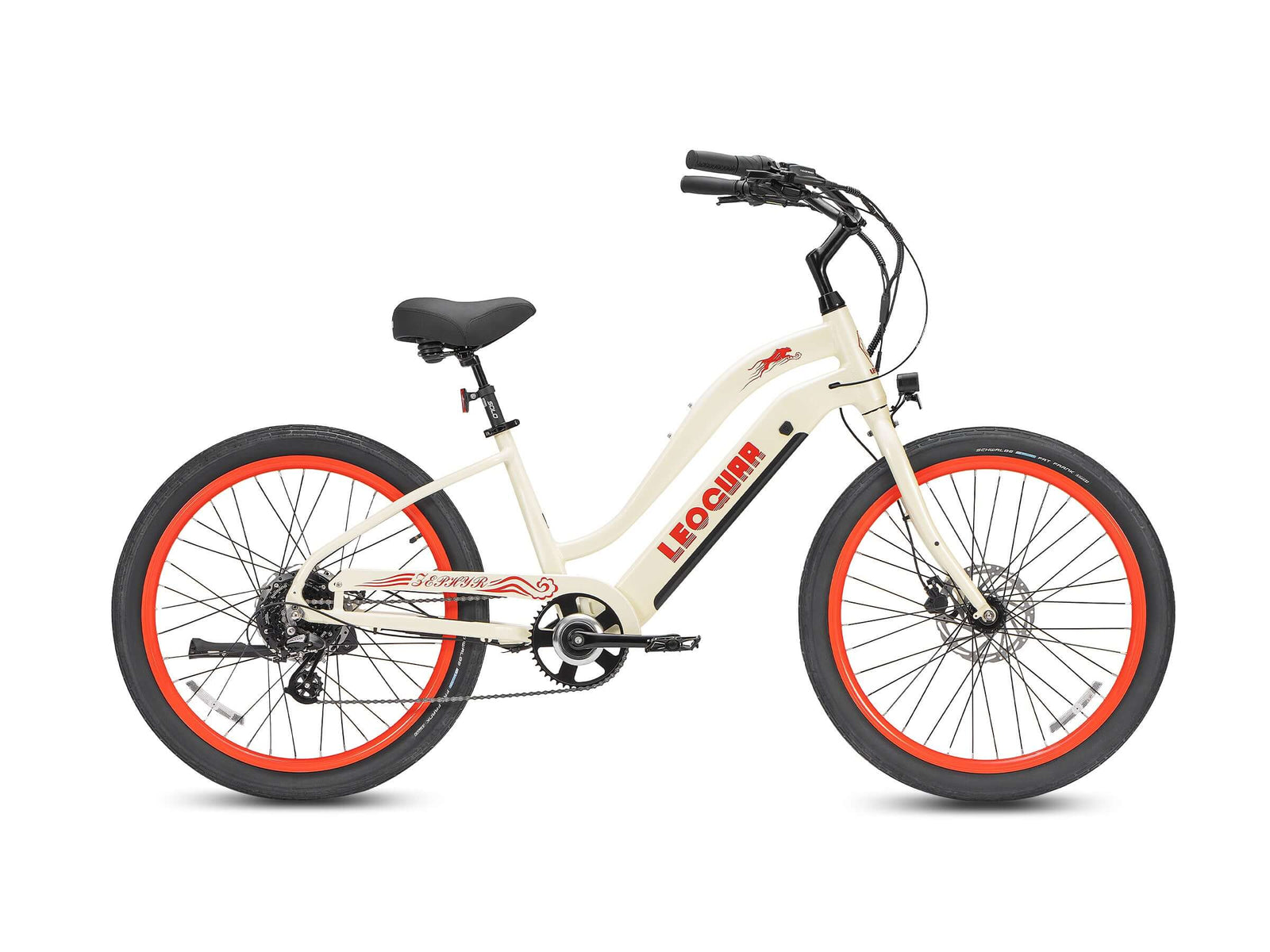
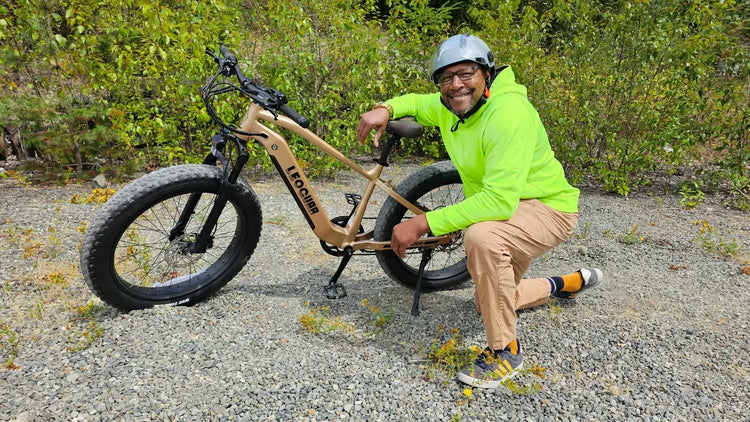
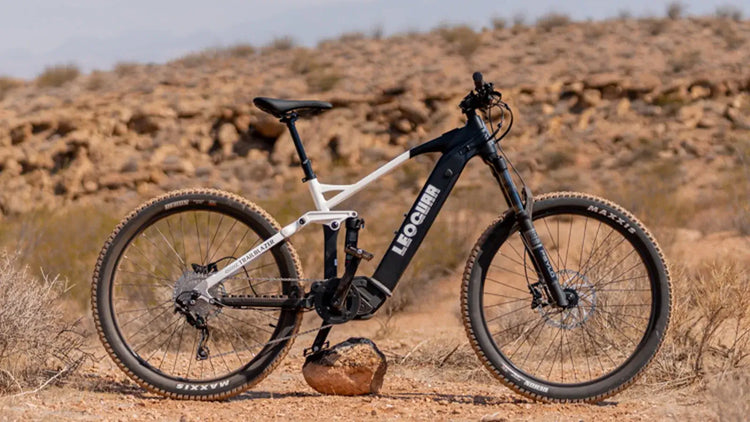
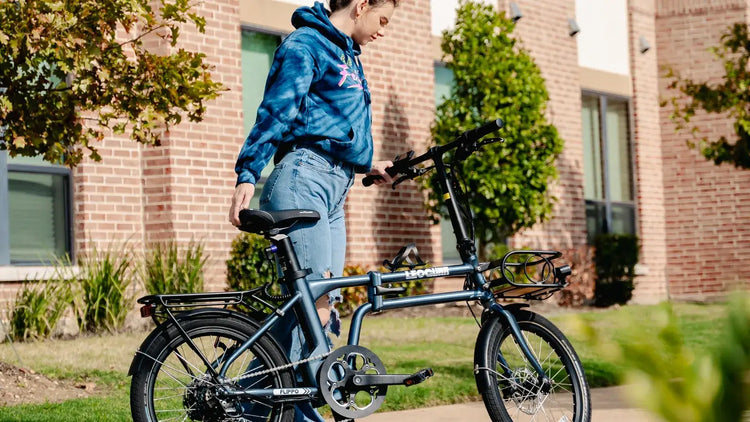
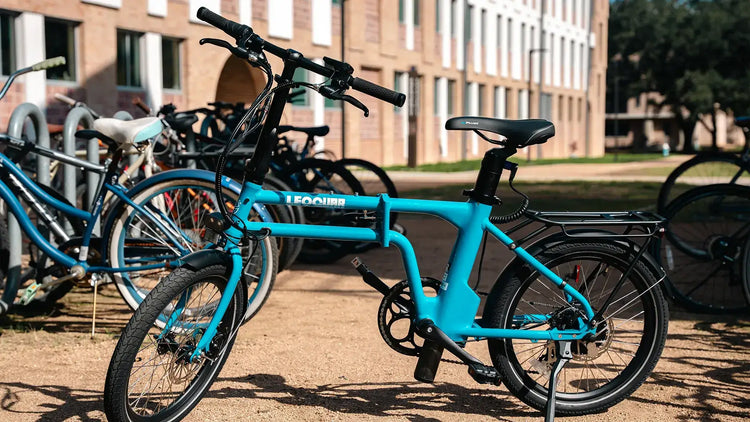
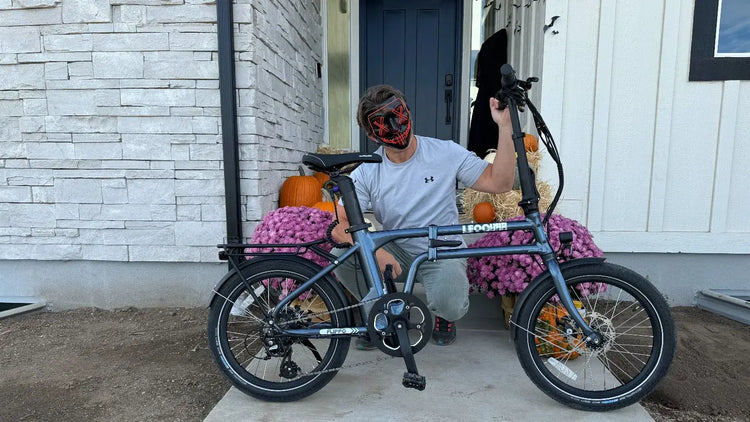
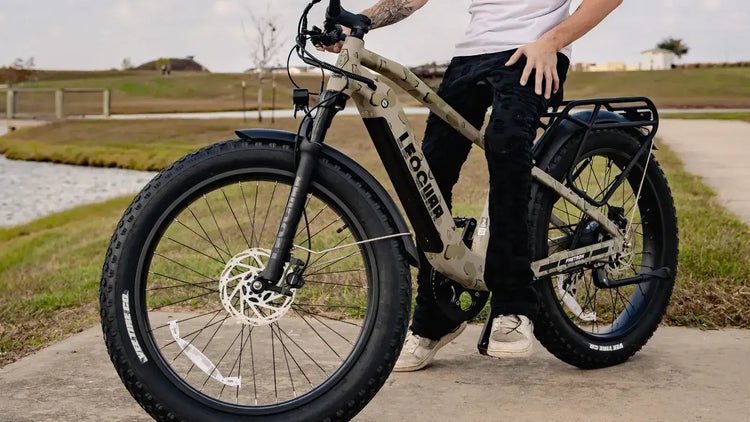


Leave a comment